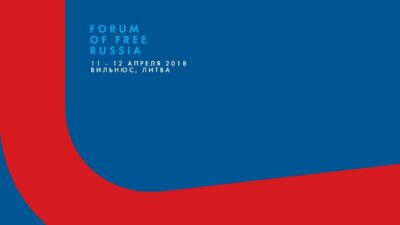African countries are no longer using rubles to pay for exports from Russia and are switching to yuan, according to statistics from the Bank of Russia, to which RBC drew attention.
Before the war in Ukraine, 98.2% of all Russian settlements with African countries were in dollars and euros. However, after the imposition of sanctions against Russia for the war in Ukraine, African countries switched to the ruble in mutual trade with Moscow.
Thus, the share of Russian currency in trade reached 82.4% in February 2023. But already in March it fell to 61.3%, in April – to 44.9%, in May – to 35.2%, in June – to 48.3%, and in July it fell to the lowest value for the year – 12.7%.
Africa began to abandon the ruble due to currency fluctuations and the ruble falling to its lowest level since the war in Ukraine began. At the end of July, the dollar rose above 90 rubles, and in August it broke the mark of 101 rubles.
Earlier, the head of Russia’s Federal Customs Service (FCS) Ruslan Davydov spoke about the growth of the share of trade turnover with Africa from 2.3% to 3.7% against the backdrop of Western sanctions. According to the latest data of the FCS, in January 2023 the volume of exports from Russia amounted to $32.9 billion, and imports – $22.2 billion. If in January the share of trade turnover with Africa was at the level of 2.3%, we can talk about trade for $750 million in exports and $500 million in imports.
The cost of goods in trade contracts with African countries is prescribed in dollars, and the main criterion in choosing a currency for payment is how convenient it is to make a transaction with it at the moment, says Aleksandr Knobel, director of the Center for International Trade Studies of the Russian Academy of National Economy and Public Administration. He also noted that it is most convenient for African states to pay in yuan.
Russia’s main trading partners in Africa are Egypt and Algeria, where it supplies food and weapons, recalls Andrei Gnidchenko, a leading expert at the Center for International Trade Studies of the Central Asia International Trade Center.
“Recently, the role of other countries, especially those with ports, may have increased: for example, Nornickel announced back in late 2022 that it was considering the port of Tangier in Morocco as a new transshipment hub for non-ferrous metals”, Gnidchenko noted. At the same time, he added that it is difficult to grasp the scale of the changes taking place due to the closed nature of the relevant statistics.





